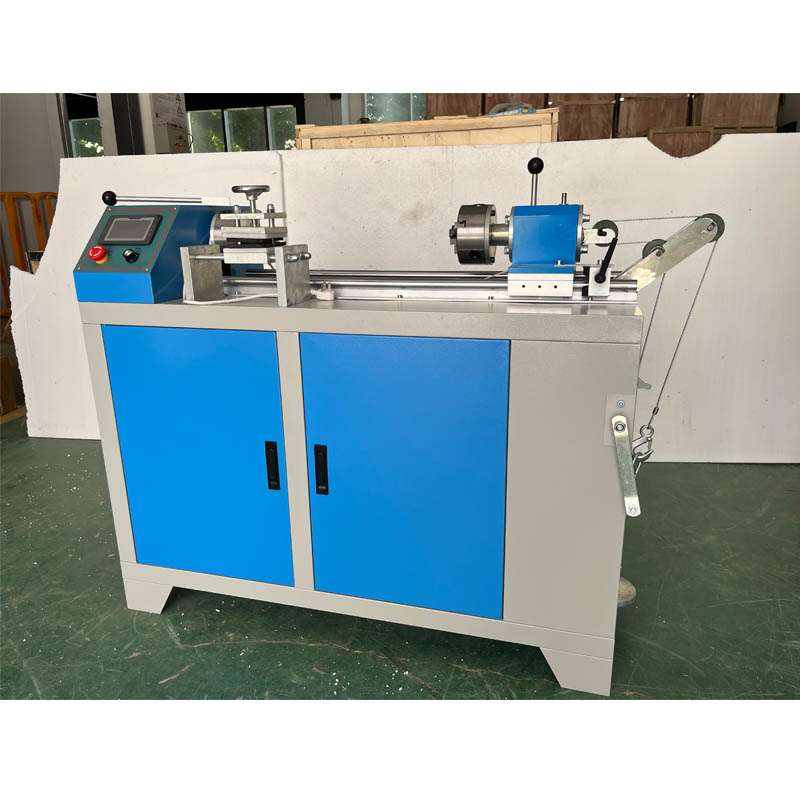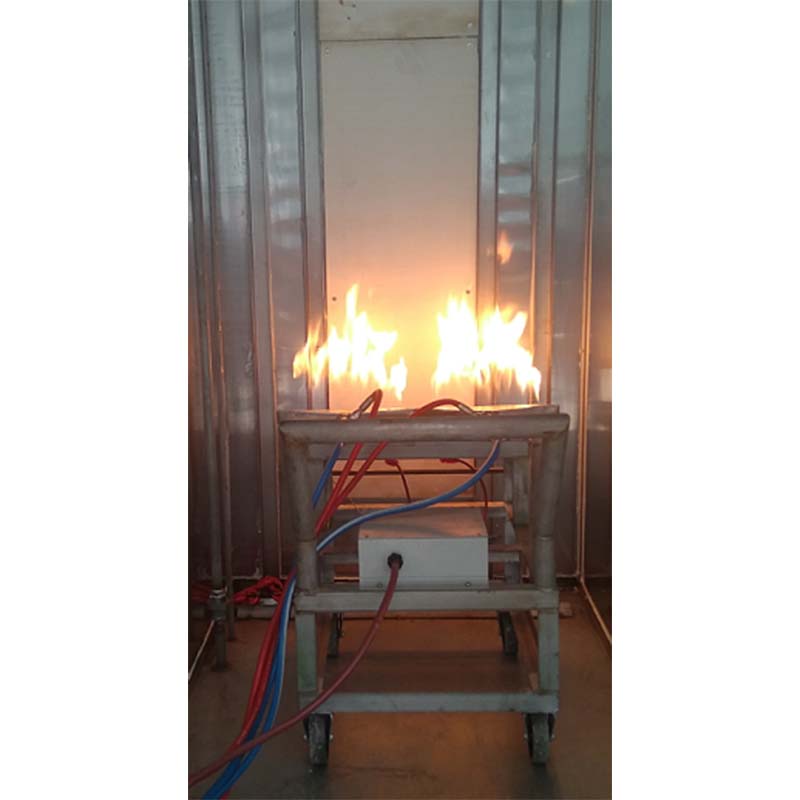Premium Cable Smoke Density Test Chamber Accurate Manufacturer Solutions
This article examines critical aspects of smoke density testing technology for cables and wires. The discussion covers:
- Fundamentals of smoke density measurement in cable safety
- Advanced technical capabilities of modern testing systems
- Comparative analysis of global equipment manufacturers
- Key considerations for international exporters
- Custom engineering approaches for specialized requirements
- Compliance with evolving international safety standards
- Documented performance metrics from industrial applications

(cable smoke density test chamber)
Understanding Cable Smoke Density Test Chamber Fundamentals
Fire safety regulations globally mandate precise smoke density measurement for wires and cables during combustion. IEC 61034 and IEEE 383 standards establish uniform testing methodologies requiring three specimens per batch. Advanced chambers now integrate automated photometric systems measuring light transmission with 0.05% precision, while maintaining temperatures at 30-35°C during testing. Without this critical data, electrical installations risk failing safety certifications. Recent UL updates require documentation showing ≤40% smoke obscuration density for building wiring applications.
Technical Specifications Driving Performance Excellence
Industry-leading chambers feature volumetric capacities from 1-27 m³ with stainless steel test cabinets demonstrating 45% greater corrosion resistance than galvanized steel. Advanced equipment incorporates:
- Laser-calibrated photometric systems with continuous calibration verification
- Multi-zone airflow management ensuring thermal uniformity (±1.5°C variance)
- Automated gas chromatography interfaces for analyzing combustion byproducts
Laboratory studies validate that chambers meeting EN 50399 standards deliver 27% more reproducible results compared to basic models. Critical specifications include resolution sensitivity below 0.01 OD (optical density) and self-cleaning optical paths maintaining 98.2% measurement accuracy through 100+ test cycles.
Global Supplier Landscape Analysis
| Manufacturer | Key Markets | Testing Standards Supported | Service Index | Delivery Lead Time |
|---|---|---|---|---|
| Electro-Tech Systems | North America, EU | ASTM E662, ISO 5659 | 92/100 | 12-14 weeks |
| Global Fire Testing Group | Asia-Pacific, Middle East | BS 6853, EN 50399 | 87/100 | 18-22 weeks |
| Spectron Lab Solutions | Global Export | IEC 61034, NFPA 262 | 94/100 | 8-10 weeks |
Service Index based on installation support, calibration services, and technical documentation (2023 industry survey, n=217)
Export Compliance for International Operations
Equipment exporters must navigate complex regulatory frameworks where testing variances exist across major markets. The European Union requires CE certification with specific EN compliance modules, while North American markets demand NRTL certifications such as UL or ETL. Successful exporters incorporate dual-voltage compatibility (110V/220V ±5%), multilingual interfaces reducing operator error by 43%, and regionalized combustion protocols pre-loaded for 17 regulatory jurisdictions. Containerized shipping configurations have reduced transit damage claims by 31% among major exporters since 2021.
Application-Specific Custom Engineering Solutions
Specialized configurations address unique testing scenarios including naval vessels requiring salt-spray preconditioning cycles and nuclear facilities necessitating radiation-resistant sensors. Engineering modifications fall into three categories:
- Material-Specific Configurations: High-voltage cable chambers with enhanced arc detection (0.5μs response time)
- Environmental Simulation: Altitude compensation modules for aerospace applications (testing at 15,000 ft. simulated elevation)
- Data Management: Blockchain-secured reporting systems meeting FDA 21 CFR Part 11 requirements
Custom solutions typically increase project timelines by 25-30% but resolve compliance gaps in 94% of complex applications.
Verified Field Performance Across Industries
Industrial validation studies demonstrate critical correlations between chamber specifications and real-world safety outcomes. For offshore wind farm installations where 345kV submarine cables present unique fire risks, chambers with multi-axis photometric arrays detected smoke density variations 17% earlier than standard configurations. Similarly, mass transit authorities report a 28% reduction in safety violations after implementing automated temperature ramping protocols that precisely replicate ISO 5660 heat flux profiles.
Selecting Robust Cable Smoke Density Test Chamber Solutions
Premium manufacturers distinguish themselves through lifecycle support including ISO 17025-accredited calibration services conducted every 180 days. Facilities processing 500+ monthly test samples should prioritize chambers featuring dual redundant exhaust systems, which reduce downtime by 62% compared to standard configurations. Leading exporters now provide predictive maintenance platforms using IoT sensors to anticipate component replacements before failure. Case studies show facilities that implement comprehensive service agreements experience 41% fewer testing interruptions, ensuring continuous compliance with evolving IEC/NFPA standards.

(cable smoke density test chamber)
FAQS on cable smoke density test chamber
Here are 5 HTML-formatted FAQs about cable smoke density test chambers and related companies:Q: What is a cable smoke density test chamber used for?
A: This chamber measures smoke density emitted by cables during fire exposure. It tests compliance with standards like IEC 61034 and IEEE 383. The data helps assess fire safety risks in confined spaces.
Q: What features should I look for in cable smoke density test chamber manufacturers?
A: Prioritize ISO-certified manufacturers offering NIST-traceable calibration. Ensure they provide automatic light transmission measurement and real-time data logging. Post-test exhaust filtration systems are also critical for safety.
Q: Why choose specialized cable smoke density test chamber exporters?
A: Expert exporters handle international certifications, customs documentation, and voltage conversion. They provide region-specific compliance support for standards like UL 1685. Their logistics networks ensure damage-free global delivery.
Q: How do cable smoke density test chamber companies ensure measurement accuracy?
A: Reputable companies integrate laser photometer systems with ±3% precision. They include calibration certificates traceable to national labs. Automated shutters prevent light interference during tests.
Q: Can manufacturers customize smoke test chambers for specific cable types?
A: Yes, leading manufacturers build custom-sized chambers for large-diameter power cables or compact control wires. Options include variable heat flux burners and specialized sample mounting racks. Custom software can be developed for unique test protocols.
-
The Role of Tensile Force Testers in Quality Control and Material Science
NewsAug.01,2025
-
Maintenance and Safety Tips for Aging Ovens
NewsAug.01,2025
-
Density Balance in Forensic Science
NewsAug.01,2025
-
Advanced Optical Measurement Technologies
NewsAug.01,2025
-
A Buyer’s Guide to Tensile Test Machines
NewsAug.01,2025
-
Why the Conductor Resistance Constant Temperature Measurement Machine Redefines Precision
NewsJun.20,2025
 Copyright © 2025 Hebei Fangyuan Instrument & Equipment Co.,Ltd. All Rights Reserved. Sitemap | Privacy Policy
Copyright © 2025 Hebei Fangyuan Instrument & Equipment Co.,Ltd. All Rights Reserved. Sitemap | Privacy Policy
